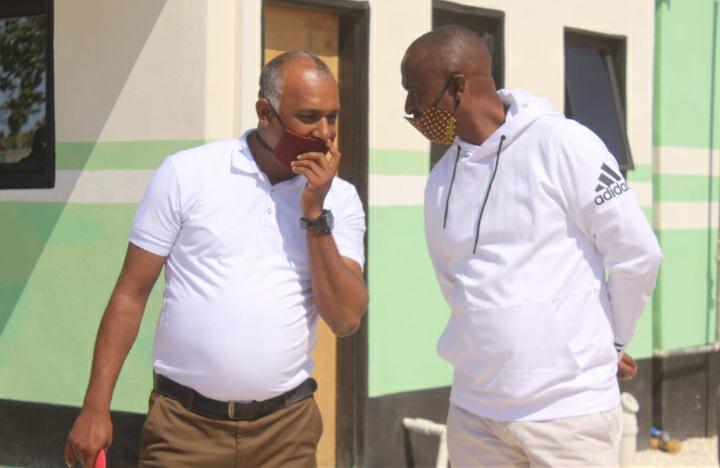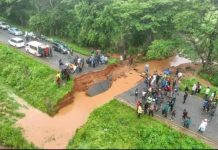Africa-Press – Zambia. In the last ten years, Government made remarkable investment in the energy sector and increased the country’s generation capacity from 1,600 megawatts in 2011 to 3,456 megawatts in 2021. For the first time, and as a result of this, Zambia has dedicated surplus power as its peak demand is about 2,300 megawatts while its generation capacity is 3,456 megawatts.
New power stations were built and small ones were upgraded. For example Lunzuwa Power Station in Mpulungu was upgraded from 0.75 to 15 megawatts and Chishimba and Musonda Power Stations were also upgraded to 15 and 10 megawatts. Further almost the entire electricity infrastructure such as transmission, distribution lines and substations were upgraded.
Both ZESCO, in partnership or with Independent power producers are generating 3,456 megawatts. Below is the breakdown of power generation. 1. Kafue Gorge -990 megawatts.
2. Kariba North Bank- 720 megawatts.
3. Victoria Falls- 108 megawatts.
4. Small Hydros (Chishimba, Lunzuwa, Musonda, Chinsali,) -57.8 megawatts.
1. Kafue North Bank Extension-360 megawatts.
2. Kafue Gorge Lower-600 megawatts (750 megawatts).
3. Maamba Collieries Ltd- 300 megawatts.
4. Ndola Energy Company- 105 megawatts.
5. Lunsemfwa Hydro Power Company-56 megawatts.
6. Itezhi-Itezhi Power Company -120 megawatts.
7. Ngonye and Bangweulu Solar Companies-76 megawatts ZESCO has bilateral and contractual obligations and is exporting electricity to;
1. DRC’s Société National d’Électricité (SNEL) 70 megawatts and ZESCO earned $70.94million in 2021.
2. Nampower, Namibia-180 megawatts( $50million-$500million a year for 10 years).
3. LV-20 megawatts.
4. Zimbabwe Power Corporation-100 megawatts ( five year deal).
5. Bostwana Power Corporation-80 megawatts. Total Exports 440 megawatts. More is also sold through the Southern Africa Power Pool (SAPP). Because of low water levels in Kariba Lake, generation at the South Bank stations has dropped from 1,080 megawatts to about 660 megawatts.
Further IPP Power stations such as Ndola Energy (off because of lack of heavy fuels from INDENI) and Maamba Collieries (service and rehabilitation works) are down. Both Bangweulu and Ngonye Solar farms have lower production because of solar irradiation due to rainy cloud cover during this season.
Despite the challenges seen above, Zambians may not be loadshedded. Loadshedding Zambians is but a mere choice. ZESCO may be encouraged to invoke clauses in their export contracts and agreements and restore them after March 2023.
And Government may need to know that as soon as INDENI was shut, it knocked out Ndola Energy Company which uses heavy fuels, and residues of INDENI production. Ndola Energy produces 105 megawatts from the national installed capacity .
The energy mix in solar and coal present the biggest opportunity for Zambia as long as ZESCO is not forced to enter into unfair Power Purchase Agreements that makes it subsidize Independent Power Producers (IPP) as is the case now, where-by ZESCO buys power expensively but sells it cheaply to consumers and the IPP mint millions of paper profits.
Zambia holds over 80 million coal reserves (270 years of use) and despite the green and climate change demands to shut “dirty energy” power stations, we can look at this potential for the energy security of the country.
For More News And Analysis About Zambia Follow Africa-Press







